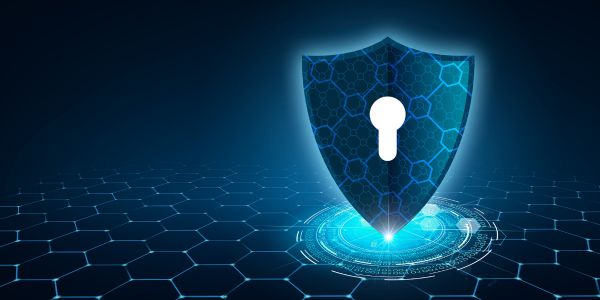In today’s era of digitalization, businesses are increasingly relying on technology to carry out their operations. As a result, cybersecurity threats have become more prevalent and unpredictable than ever before. This has made businesses of all sizes vulnerable to cyber-attacks, leading to expensive outages, data breaches, and loss of customer trust. In this blog post, we will discuss three options to address cybersecurity and business continuity concerns- A Microsoft E5 license, Checking and balancing for replication/backup, and Disaster Recovery as a Service (DRaaS) versus Backup- to help businesses safeguard themselves from cyber-attacks and ensure business continuity.
Should I Purchase Microsoft E5 Licenses? A Microsoft E5 License is a comprehensive suite of security and compliance tools that are designed to prevent and mitigate cyber threats. It includes features such as Windows Defender Advanced Threat Protection, Office 365 Threat Intelligence, and Azure Advanced Threat Protection. While this software is undoubtedly an excellent tool for safeguarding your business from cyber threats, it comes with an inflated cost. Businesses not using Microsoft E5 Licenses should consider the alternative security checks that help to reduce cyber threats. Firstly, businesses need to ensure all operating systems and software used on the network are up to date, including security patches. Using only vendor-approved applications and having unapproved applications patched with suitable security measures can help improve security. Secondly, all business employees should undertake regular security training and testing, including simulated phishing exercises. This mandatory training can help spot false emails and prevent malicious clicks that lead to catastrophic cybersecurity events.
Check and balance for replication/backup: Businesses need to ensure that they have a backup and recovery solution in place for their critical data and applications. The backup and disaster recovery solution institutions implemented should aim at identifying common forms of data loss, such as malicious deletion, system failure, or human error. By monitoring data replication, you streamline disaster recovery and avoid brand damage and revenue loss that can arise from a data loss event. Consider Software that verifies backup and checks that data is recoverable. Such tools are necessary to ensure that IT teams can recover data and applications with considerable ease.
DRaaS vs. Backup: Disaster Recovery as a Service (DRaaS) refers to a comprehensive replication of your IT infrastructure in a secure and isolated environment, ensuring off-site storage of your essential data. DRaaS provides a faster recovery time, as discussed in our previous blog post. Along with fast recovery times, businesses enjoy the ability to access their data and applications remotely. Conversely, Backup and recovery refer to the copying of your data files to be stored in a separate location to ensure data retrieval. In contrast, Backup and recovery solutions usually are slow to recover data, not to mention they require storage space, which can become pricey. DRaaS is widely seen as the future of business continuity – it eliminates the need for costly hardware and the staffing of DR teams. In addition, some Disaster Recovery solutions can ensure successful recovery within 15 minutes.
Safeguarding your business has never been more important than it is today. Cyber threats are constantly evolving, and they pose a significant risk to your business operations. However, the appropriate measures of implementing Microsoft E5 license, a check and balance system for replication/backup, and DRaaS versus Backup are essential in preventing the threats. By understanding the mechanisms of cybersecurity and business continuity, businesses can adopt tailored risk management solutions to suit their unique needs, building resilience and enhancing their cybersecurity infrastructure.
